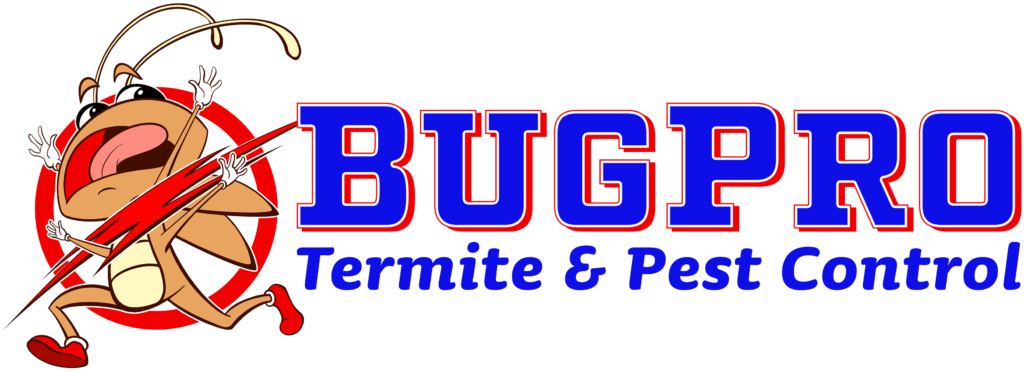
As the popularity of LED lighting continues to rise for its energy efficiency and longevity, many homeowners are unaware of how certain types of LED bulbs, specifically white LEDs and daylight-saving options, can inadvertently attract bugs to their homes. In this blog, we delve into the phenomenon of bug attraction to LED lighting and explore the benefits of using yellow bug bulbs to mitigate this issue, creating a more bug-friendly environment for you and your household.
1. The Bug Attraction Effect of White LEDs and Daylight-Saving LEDs:
White LEDs, commonly used for their bright and crisp illumination, emit a color temperature that closely resembles daylight. While this attribute may be advantageous for indoor and outdoor lighting purposes, it can have unintended consequences when it comes to attracting bugs, particularly nocturnal insects like moths, mosquitoes, and beetles. Daylight-saving LEDs, which mimic natural sunlight more closely, can also contribute to bug attraction due to their color temperature and intensity.
2. How Bug Perception of Light Differs:
Insects are attracted to light wavelengths within the ultraviolet and blue spectrum, which are commonly emitted by white LEDs and daylight-saving LEDs. These artificial light sources can disrupt the navigational abilities of bugs, leading them to hover around the light source, gather in swarms, or even enter homes through open windows and doors. The presence of bugs around LED lighting can be a nuisance, especially during warm evenings or outdoor gatherings.
3. The Benefits of Yellow Bug Bulbs:
Yellow bug bulbs, also known as bug lights or insect-repellent bulbs, offer a solution to the bug attraction issue associated with white LEDs and daylight-saving LEDs. These specialized light bulbs emit a warm yellow or amber hue that is less appealing to insects, reducing their attraction to the light source and helping to maintain a bug-free environment. By using yellow bug bulbs in outdoor lighting fixtures, porch lights, and entryways, homeowners can enjoy the benefits of LED lighting without inadvertently inviting bugs into their living spaces.
4. Creating a Bug-Friendly Environment with Yellow Bug Bulbs:
Switching to yellow bug bulbs provides an effective and environmentally friendly way to deter bugs from congregating around your home while still enjoying the energy-saving advantages of LED technology. By strategically installing yellow bug bulbs in outdoor fixtures and areas prone to bug activity, you can minimize insect intrusion, create a more comfortable outdoor experience, and reduce the need for chemical insect repellents.
5. Promoting Eco-Friendly and Bug-Conscious Lighting Practices:
Incorporating yellow bug bulbs into your lighting setup not only enhances bug control but also promotes eco-friendly and bug-conscious lighting practices. By choosing bug-repellent lighting options like yellow bug bulbs, homeowners can reduce light pollution, conserve energy, and create a harmonious balance between functional illumination and bug deterrence in their living spaces.
As homeowners seek to optimize their lighting choices for energy efficiency and aesthetics, it is essential to consider the impact of LED lighting on bug attraction and implement solutions to mitigate insect intrusion effectively. Understanding how white LEDs and daylight-saving LEDs can attract bugs and the benefits of using yellow bug bulbs to counteract this effect enables homeowners to strike a balance between innovative lighting technology and bug-conscious practices. By embracing bug-friendly lighting solutions like yellow bug bulbs, homeowners can illuminate their spaces with efficiency and create a more comfortable and insect-free environment for themselves, their families, and their guests.